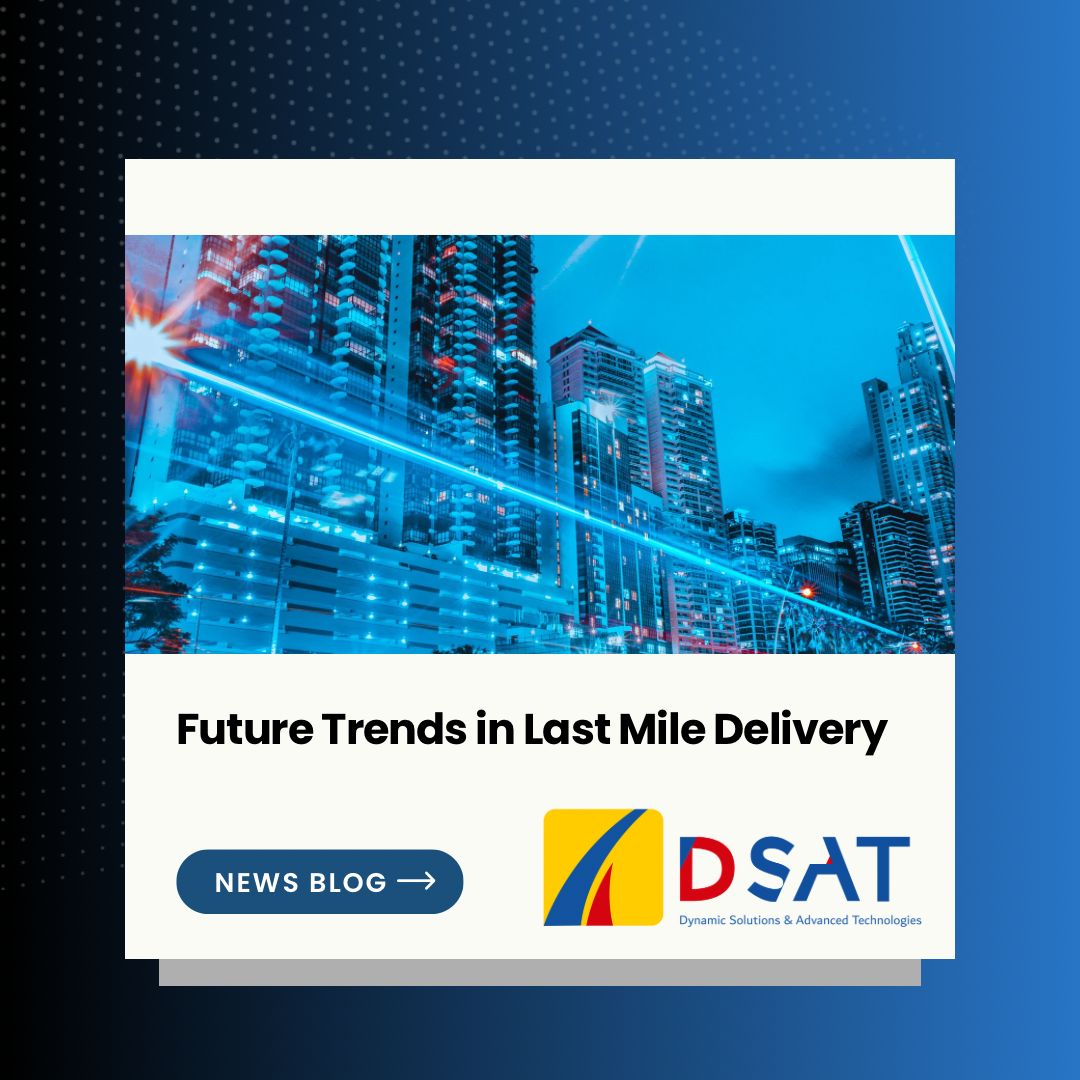

Growth of e-commerce:
With the rise of online shopping, the demand for last mile delivery services has increased significantly. Customers expect fast and efficient deliveries, driving the need for innovative solutions in this area.
Same-day and next-day delivery:
As customer expectations for speed and convenience continue to rise, there is a growing trend towards same-day and next-day delivery options. Companies are investing in technologies and strategies to enable faster delivery, such as using local warehouses and on-demand delivery platforms.
Delivery drones and autonomous vehicles:
The use of drones and autonomous vehicles for last mile delivery is gaining traction. These technologies have the potential to make deliveries faster, more cost-effective, and environmentally friendly. Companies like Amazon and FedEx are testing drone delivery systems, while autonomous vehicle companies like Waymo and Nuro are piloting autonomous delivery services.
Micro-fulfillment centers:
To reduce delivery times and meet customer expectations, some companies are adopting micro-fulfillment centers. These smaller, localized warehouses are strategically placed closer to residential areas, enabling faster delivery of products and reducing overall transportation costs.
Last mile delivery marketplaces:
Online platforms are emerging that connect businesses and individuals with local delivery drivers. These marketplaces leverage the sharing economy model to provide on-demand delivery services and optimize the use of existing resources, such as personal vehicles.
Sustainability and green delivery options:
As environmental concerns grow, there is an increasing focus on sustainable last mile delivery solutions. Companies are exploring electric vehicles and alternative fuels, as well as optimizing delivery routes to minimize carbon emissions.
Contactless delivery:
The COVID-19 pandemic has accelerated the adoption of contactless delivery options. Customers are looking for safe and hygienic delivery methods, such as doorstep drop-offs and digital signatures. Companies are implementing technologies like barcode scanning and mobile app notifications to facilitate contactless deliveries.
Collaborative logistics and crowdsourcing:
Collaborative logistics models, where multiple companies share delivery networks and resources, are becoming more popular. Crowdsourcing delivery networks, where independent contractors or local businesses handle last mile delivery, are also on the rise. These models provide flexibility, scalability, and cost-efficiency for businesses.
Data-driven optimization:
Delivery companies are using data analytics and optimization algorithms to streamline last mile operations. Real-time tracking, route optimization, and predictive analytics help improve delivery efficiency, reduce costs, and enhance the overall customer experience.
Enhanced customer communication: Effective communication with customers throughout the last mile delivery process is crucial. Companies are investing in technologies like SMS alerts, delivery tracking apps, and customer service chatbots to keep customers informed and provide a personalized delivery experience.

